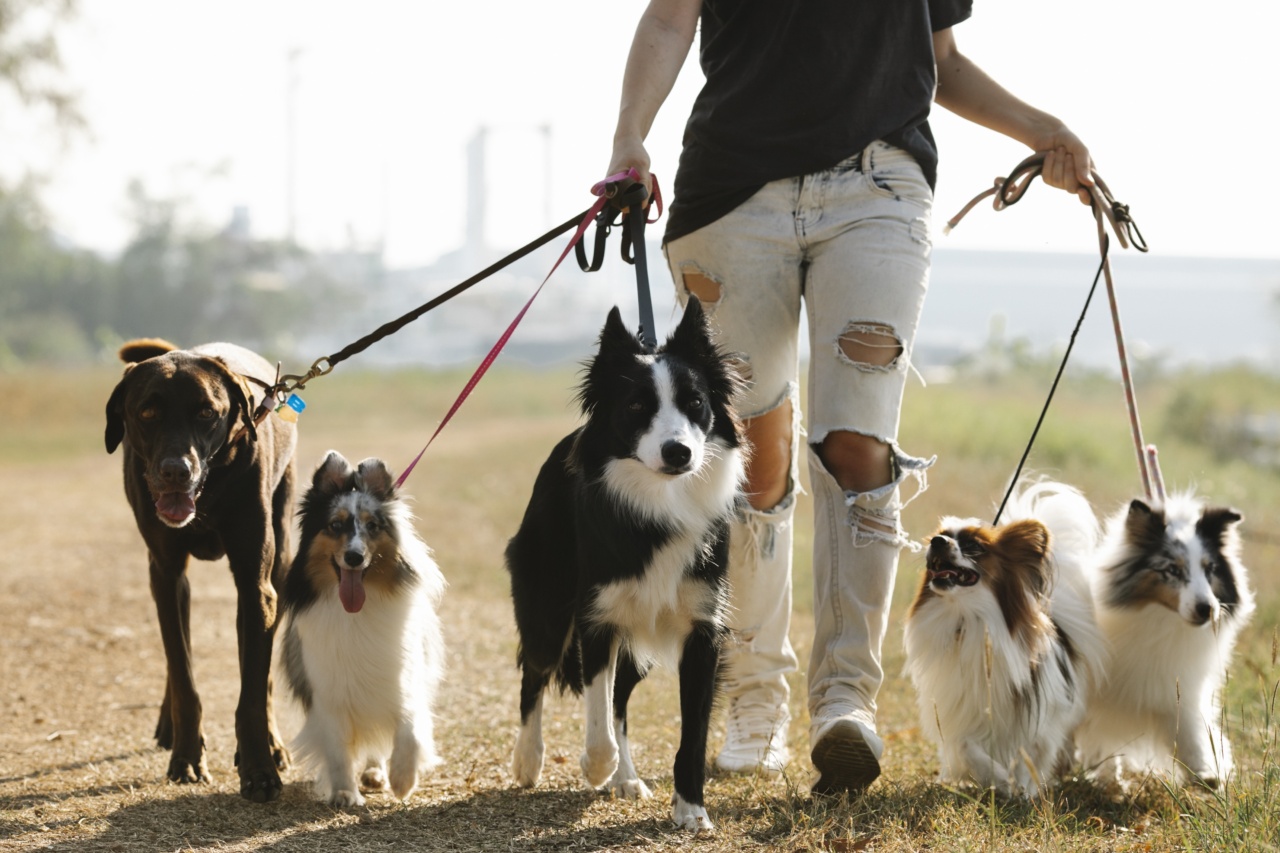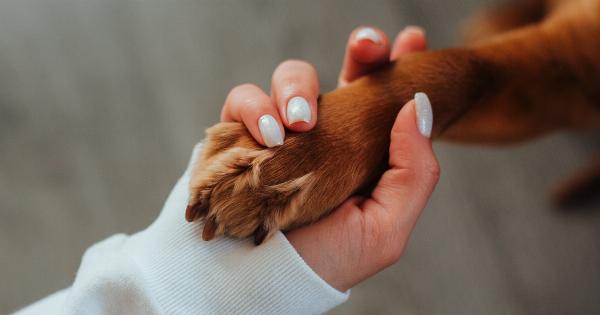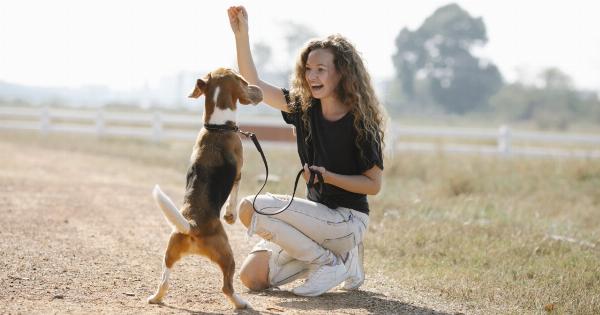Walking your dog can be a fun and healthy activity for both you and your furry buddy. However, it can be frustrating and exhausting if your dog won’t walk on a leash.
Fortunately, there are several ways to entice your dog to walk on a leash, and with patience, consistency, and positivity, you can turn a dreaded chore into an enjoyable routine.
1. Choose the Right Leash
Before you start training your dog to walk on a leash, you need to choose the right leash that fits your dog’s size and personality.
There are different types of leashes available in the market, like nylon, leather, retractable, and chain leashes, but not all dogs respond well to each type. For instance, a retractable leash might be a good choice for a small or calm dog, but it’s not suitable for a large or aggressive dog because it gives them more freedom and control than they need.
A front-clip harness or a head halter may also be a valuable tool to use during the training process. Consult with your veterinarian, dog trainer, or pet store clerk to find the right leash for your dog’s needs.
2. Start Indoors
Before you take your dog outside, it’s essential to introduce them to the leash and collar inside your house or apartment where there are fewer distractions and risks.
Let your dog investigate the leash and collar and get used to them being attached to their neck. Reward them with treats, petting, and positive reinforcement when they sniff, touch, or wear the leash and collar without panicking or resisting. Repeat this step several times until your dog feels comfortable and relaxed with the leash and collar.
3. Create Positive Associations
When your dog is calm and relaxed with the leash and collar indoors, you can start associating them with positive experiences and rewards. Clip the leash on your dog’s collar and offer them a treat or a toy as a reward.
Let your dog follow you around the house while holding the leash loosely without pulling or tugging. Praise your dog with a cheerful tone whenever they stay by your side or respond to your commands.
Gradually increase the distance, duration, and distractions of the training sessions while keeping the positive associations between the leash and good things.
4. Use Food as a Motivator
Dogs love food, and it can be a powerful motivator to teach them new behaviors. Treats can be used as a positive reinforcement tool to encourage your dog to walk on a leash beside you.
Use small, soft, and smelly treats that your dog can eat quickly and easily without choking or getting distracted. Keep the treats in a pouch or a pocket where you can reach them easily and surprise your dog whenever they do something right. You can also use food puzzles or toys as a distraction and a reward during the training process.
5. Take Baby Steps
Training a dog to walk on a leash requires patience, consistency, and gradual progress. Don’t expect your dog to walk perfectly on a leash on the first session.
Start with short and slow walks around your house or yard and gradually expand the distance and pace. Remember to keep the leash loose and relaxed, and avoid pulling or yanking your dog. If your dog pulls or lunges on the leash, stop walking, stand still, and wait until your dog calms down.
Praise and reward your dog whenever they come back to your side or sit politely.
6. Reward Good Behavior
Positive reinforcement is crucial to dog training. Whenever your dog behaves well on a leash, such as walking beside you, sitting, or stopping when you stop, give them a treat, a toy, or praise.
Be specific and timely in your rewards, so your dog knows exactly what behavior you are reinforcing. You can also use clicker training, which is a way of marking the desired behavior with a distinct sound and rewarding your dog right after that behavior occurs.
7. Be Consistent
Consistency is key to a successful dog walking routine. Try to walk your dog every day for at least 30 minutes or more, depending on their age, breed, and fitness level.
Stick to the same route or environment, so your dog can familiarize themselves with the surroundings and feel less stressed or anxious. Use the same commands or cues, such as “heel,” “stay,” or “come,” and reinforce them with rewards. Be patient and positive with your dog, and avoid punishing or scolding them for mistakes or accidents.
8. Socialize Your Dog
Socialization is essential for a well-behaved and confident dog. Expose your dog to different people, animals, sounds, and environments, so they can learn how to behave appropriately and adapt to changes.
By walking your dog on a leash, you can help them meet and greet other dogs and humans and reduce their fear or aggression. However, be cautious and respectful of other people’s and dogs’ boundaries, and avoid letting your dog approach them without permission.
9. Exercise Your Dog’s Mind and Body
A tired dog is a happy dog. Besides walking your dog on a leash, make sure to provide them with enough physical and mental exercise throughout the day.
Play fetch, tug-of-war, hide-and-seek, or other games that stimulate your dog’s senses and prevent boredom and destructive behavior. Offer your dog puzzle toys, food dispensers, or interactive games that challenge their intelligence and creativity. Dogs that are mentally and physically stimulated are more likely to be calm, obedient, and healthy.
10. Seek Professional Help if Needed
If you have tried different techniques and strategies to entice your dog to walk on a leash, but you still face challenges and frustration, don’t hesitate to seek professional help from a certified dog trainer or behaviorist.
They can evaluate your dog’s behavior, identify the underlying issues, and suggest personalized solutions and training plans. They can also teach you how to communicate effectively with your dog, use positive reinforcement techniques, and create a harmonious relationship with your beloved pet.





























